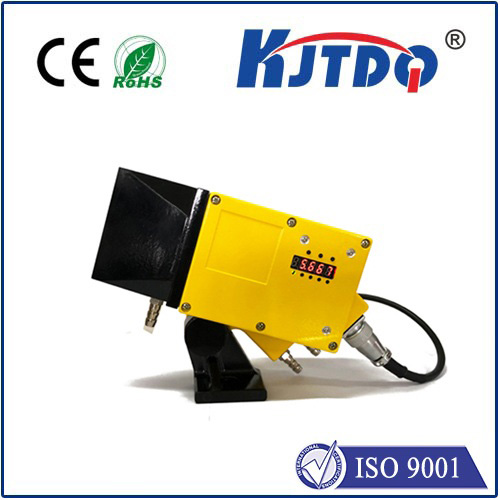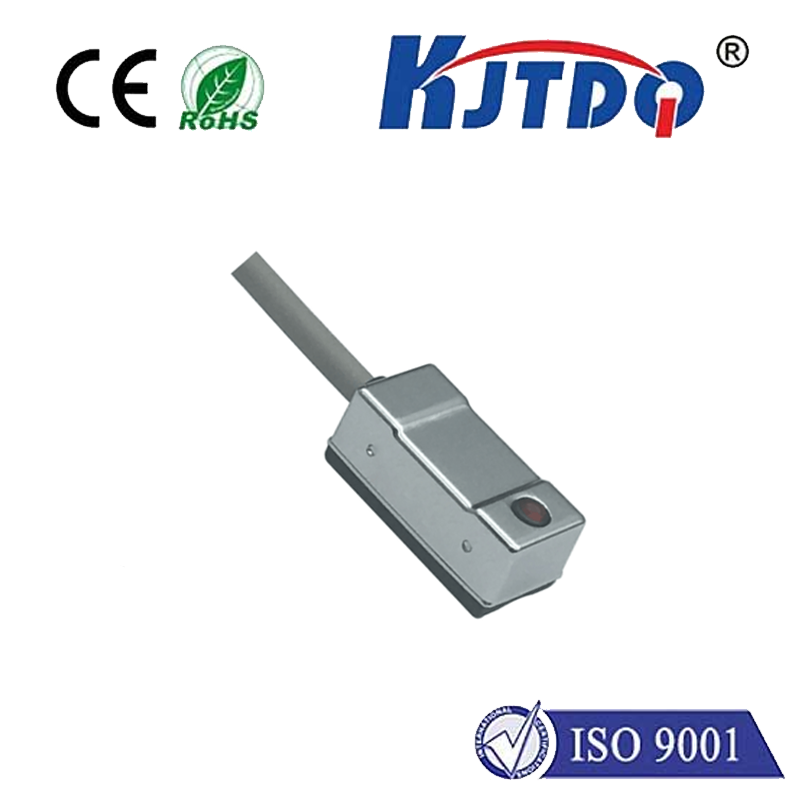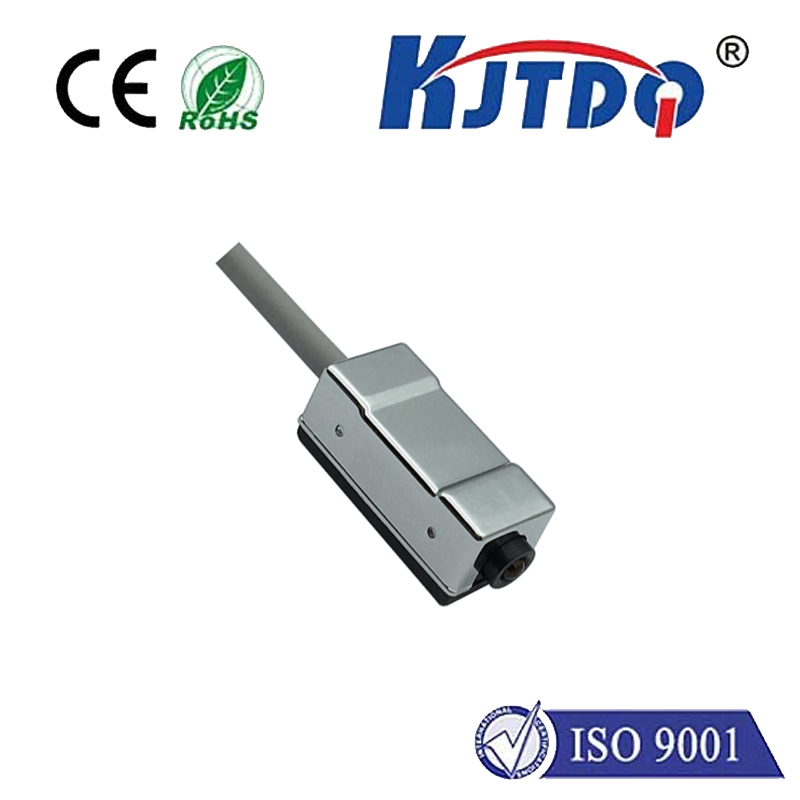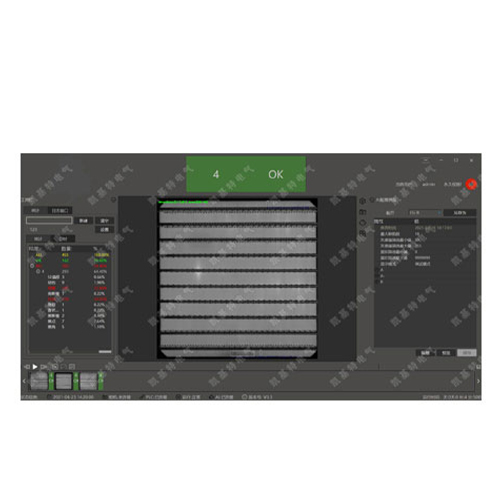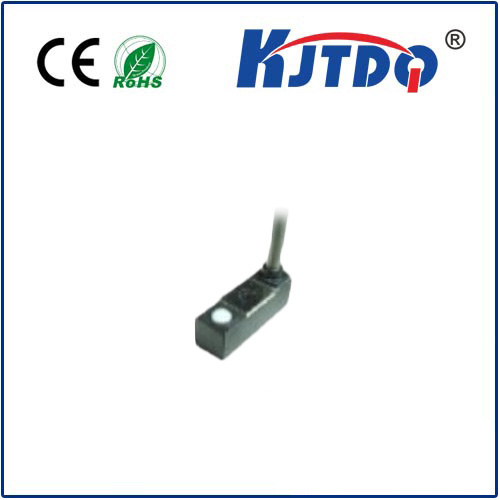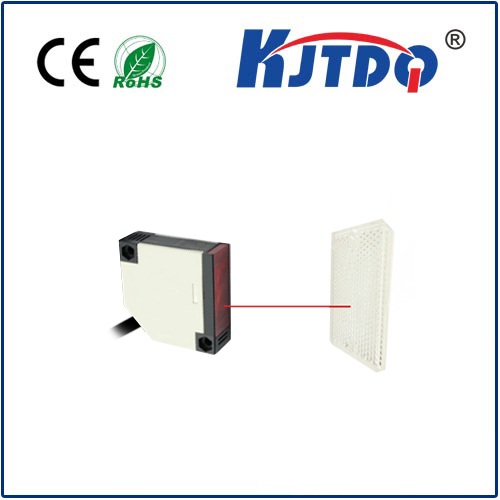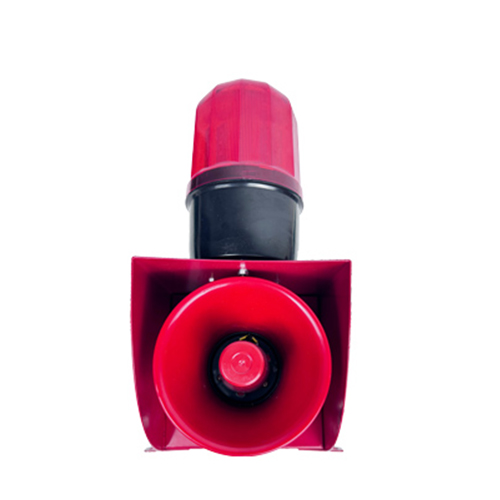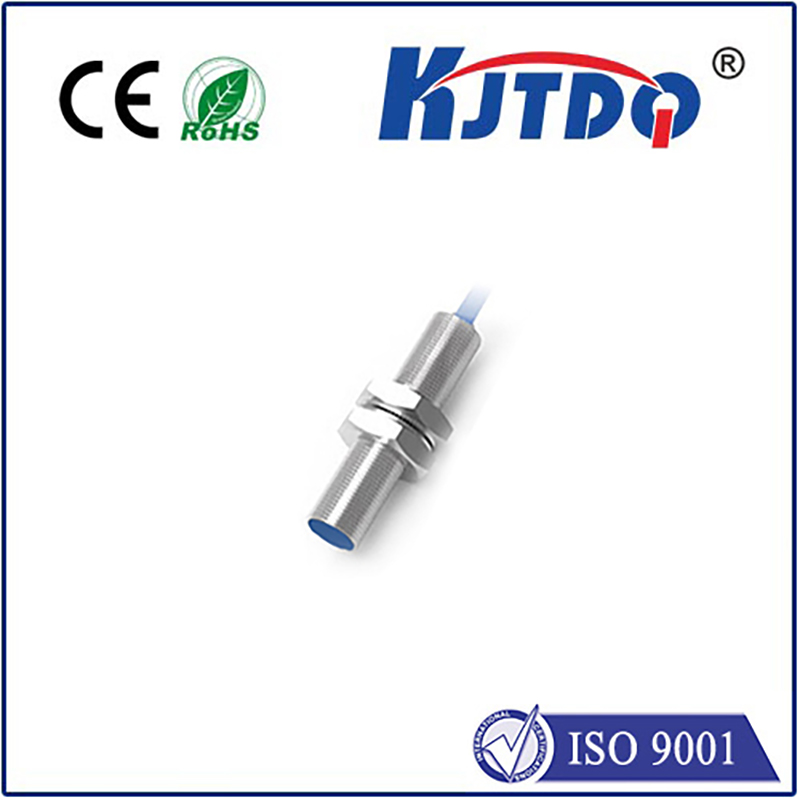Winter arrives with a vengeance, and the comforting hum of your boiler becomes the soundtrack to cozy evenings. But what happens when that vital system falters? Often, the first clue – the canary in the coal mine – isn’t a loud bang or a leak, but a silent, crucial indicator staring you right in the face: the boiler temperature gauge. Far from being just a dial on the unit, this unsung hero is fundamental to your boiler’s safety, efficiency, and longevity. Understanding it is non-negotiable for any responsible homeowner or facility manager.
Why the Boiler Temperature Gauge is Absolutely Critical
Simply having a gauge isn’t enough; knowing what it tells you is paramount. The boiler temperature gauge provides real-time insight into the core function of your boiler: heating water or generating steam. Maintaining the correct operating temperature is not a suggestion; it’s a requirement for several compelling reasons:
Safety is Paramount: This is the most critical aspect. Boilers operate under pressure. Water turns to steam at specific temperatures (212°F or 100°C at sea level, but increases under pressure). If the water level drops too low while the heating elements or burner remain active, the remaining water can superheat beyond safe limits, creating a risk of overheating and potentially catastrophic boiler failure or explosion. A correctly functioning gauge acts as an early warning system before automatic safety controls (like pressure relief valves must kick in). Boiler safety starts with monitoring temperature.
Efficiency and Cost Savings: Running your boiler outside its optimal temperature range is akin to burning money. Too low a temperature might fail to adequately heat your home or water, forcing the boiler to run longer cycles. Conversely, running significantly hotter than necessary wastes fuel. The boiler temperature gauge is your key to efficient operation, helping you identify if settings need adjustment or if underlying issues are forcing inefficiency. Proper boiler temperature monitoring translates directly to lower energy bills.

System Longevity: Excessive heat puts immense stress on boiler components – metal fatigues faster, seals degrade, and the entire system wears out prematurely. Consistently operating at excessively high temperatures significantly shortens the boiler’s lifespan. Monitoring the gauge helps ensure your boiler operates within its designed parameters.
Diagnosis and Troubleshooting: When your heating system misbehaves – lukewarm radiators, strange noises, frequent cycling – the boiler temperature gauge is often your first diagnostic tool. Is the boiler struggling to reach temperature? Is it overheating quickly? Is the reading fluctuating wildly? These gauge behaviors provide invaluable clues for boiler troubleshooting, helping you or a qualified technician pinpoint potential issues like circulation problems, faulty thermostats, scale buildup, or burner malfunctions.
Deciphering the Dial: Types and Readings
Not all boiler temperature gauges are identical. Common types include:
Understanding the readings is crucial:
Maintaining Your Boiler’s Vital Sign
Like any instrument, a boiler temperature gauge needs occasional checking:
When the Gauge Talks, Listen!
Ignoring your boiler temperature gauge is a gamble with safety, comfort, and your wallet. Treat it with respect:
The humble boiler temperature gauge is far more than decoration. It’s the silent sentinel, constantly reporting on the heart of your heating system. It provides the critical data needed to ensure safe operation, optimize fuel consumption, prolong equipment life, and swiftly identify brewing problems. By understanding its language and giving it due attention, you transform this simple dial into the most valuable tool for safeguarding your boiler investment and your peace of mind.
